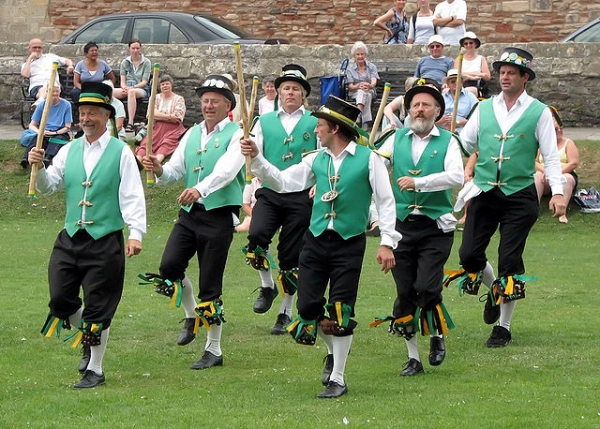Morris dancing: a tradition you should know
Morris dancing is a traditional English folk dance. It started in the 15th Century. There are now hundreds of Morris dancing groups around the world. In the dance, people wear white shirts and they hang bells from their shirts and shin pads, which jingle whilst they dance. They also often wear top hats, and wear strips of bright fabric.
Origins
The word 'Morris dancing' originates from Flemish. There are similar dances from history in European culture. During the dance, people hold handkerchiefs, swords, and sticks. There are also examples of people dancing around pipes on the floor. Morris dancing has also been called 'sword dancing' and 'guising'. Morris Dancing lost its popularity for a short while, but was revived on Boxing Day in 1899.
Today
People do Morris dancing at many small events. These events are often in the countryside. The dances happen in small towns, fetes, parades, and carnivals. It is seen as traditional dance, so is not accepted as common entertainment. The dance became popular in England, but there are now teams doing the dance all over the world. These groups are often started by British people who move to different countries.
Morris dancing- Comprehension Questions and answers
1. When was Morris dancing started?
2. What props do people use during Morris dancing?
3. Where does Morris Dancing happen?



